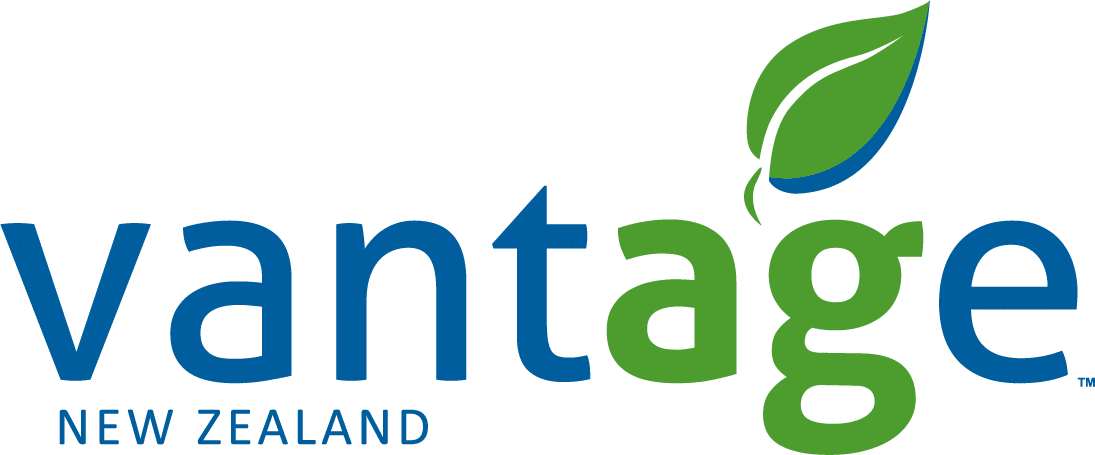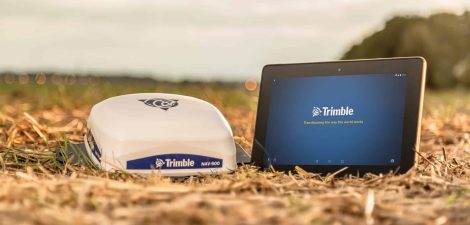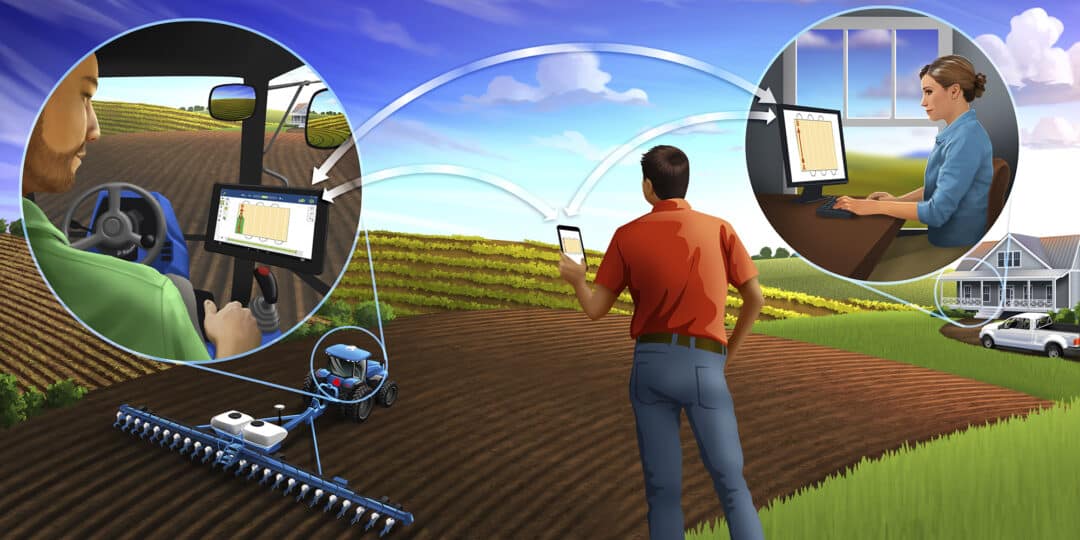Are you looking for ways to boost productivity on your farm? In today’s fast-paced agricultural industry, efficiency is key to success. That’s where farm management software like Trimble Ag Software (TAS) can make all the difference. With its powerful features, a farm management system can be a game-changer for your operations.
Imagine being able to easily track and manage all aspects of your farm, from inventory and equipment to crop and livestock management. Farm management software provides you with real-time data and analytics, removing the guesswork and allowing you to make informed decisions to optimise your farming processes. Say goodbye to manual record-keeping and embrace the efficiency of a digital solution.
Not only can farm management software streamline your daily operations, but it can also help you optimise your resource allocation and minimise waste. Change can be scary, but by leveraging the power of technology and getting rid of the filing cabinets, you can ensure that every aspect of your farm is running at its optimum level and all records are accurate.
Some of the challenges faced by modern farmers:
Modern farmers face numerous challenges that can hinder productivity and profitability.
- One of the biggest challenges is figuring out how to improve operational efficiency. As farms become larger and more diversified (which causes operations to become more complex) it becomes increasingly difficult to keep track of all the moving parts. Manual record-keeping and outdated systems can lead to errors and inefficiencies, resulting in wasted time and resources.
We are very lucky to farm in beautiful New Zealand, but we do need to comply with ever-changing regulations.
2. Farmers must adhere to strict environmental standards, food safety regulations, and labour laws. Staying on top of these requirements can be overwhelming, especially for small-scale farmers who may not have dedicated compliance personnel.
Additionally, farmers must contend with unpredictable weather patterns, pests, and diseases that can impact crop yields and livestock health. 2023 has been the year of floods, high winds and what’s forecast to be a very dry summer. Managing these risks effectively requires timely and accurate data, which can be difficult to gather and analyse without farm management software.
Benefits of using a farm management system
- Provides farmers with real-time data and analytics, allowing them to make data-driven decisions. By having access to accurate and up-to-date information on inventory levels, equipment usage, crop growth, and livestock health, farmers can optimise their operations and respond quickly to changing conditions.
- Automates many routine tasks, saving farmers valuable time and effort. For example, the system can generate work orders for machinery maintenance, track labour hours, and automatically update inventory levels. This automation reduces the risk of errors and ensures that tasks are completed in a timely manner.
- Improves communication and collaboration among farm workers. With a centralised platform, everyone can access and update relevant information, eliminating the need for paper-based records and manual data entry. This streamlined communication enhances efficiency and reduces the likelihood of miscommunication or duplication of efforts.
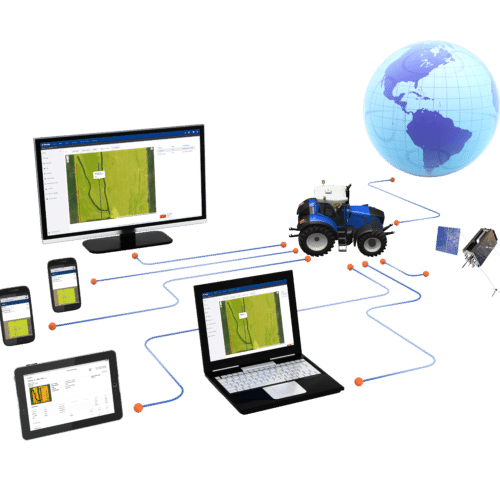
Key features of farm management software
Trimble Ag Software offer a range of operational, record-keeping and agronomic features to help your team focus on what’s most important – getting the work done correctly and efficiently.
- Increased operational efficiency – Trimble’s platform empowers farmers to seize control of daily resource and task planning, enabling proactive scheduling. The work orders feature streamlines workflows, facilitating easy task scheduling, assignment to team members, and real-time progress monitoring. It aids in assessing priorities, ensuring timely and accurate project execution, and notifies you of any violations to weather restrictions. Trimble’s Standard and Display Work Orders allow pre-cab definition of Precision-IQ display tasks, with wireless data transmission for seamless tracking.
- Easier data sharing between displays –Share resources across your fleet wirelessly via AutoSync – AutoSync automatically syncs guidance lines, field names, boundaries, materials, implements, vehicles, and operator information across all connected devices in your farm operation — including Trimble® TMX-2050™ and GFX-750™ displays, as well as the Trimble Ag Software that you can access from any computer or mobile device. Say goodbye to those pesky USB sticks.
- Streamlined inventory management – allows farmers to keep track of their supplies, equipment, and other assets. The system can automatically update inventory levels as items are used or replenished, ensuring that farmers always have a clear view of their stock.
- Annual farm map & crop rotation tracking – Trimble Ag Software’s robust farm crop rotation planning tool lets you split each field into multiple crops which makes record-keeping per crop very easy.
- Efficient crop and land management – enables farmers to monitor the health and growth of their crops. This includes tracking planting and harvesting schedules, monitoring soil conditions, managing daily tasks, crop health satellite imagery, managing irrigation, and production data. By having access to this information in real-time, farmers can take proactive measures to prevent disease outbreaks, optimise crop yields, and improve animal welfare.
- Financial management capabilities – such as budgeting and, cost tracking. This helps farmers keep track of their expenses and revenue, enabling them to make informed financial decisions and ensure the profitability of their operations.
- Nutrient Management – being able to create and follow your unique nutrient management plan and provide the application evidence in the form of records and proof of placement for nutrients.
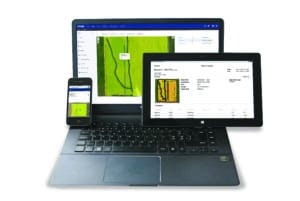
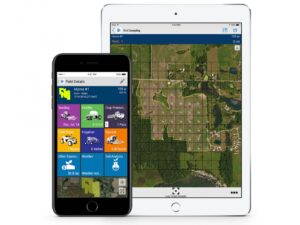
Selecting the right farm management software for your operation
Choosing the right farm management software is crucial to maximising its benefits. When selecting software, it’s important to consider:
- Your specific needs and goals. Start by identifying the key challenges and pain points in your operation and look for software that addresses those issues.
- Compatibility with your existing fleet of machinery to be able to process various task data formats.
- If the system will work with precision farming tools such as variable rate application maps, being able to import drone imagery, no extra cost satellite imagery, being able to import soil test results, EM survey results, crop, crop scouting & recommendations, Crop storage and inventory management, growers crop contract management, chemicals and fertiliser inventory tracking.
- Direct or indirect API – How the system will integrate with other providers such as MyBallance, Ravensdown, JohDeere Operations Center, NH Myplm, CaseIH AFS, AGCO VarioDoc, AgriRouter, RavenSlingshot, Steyr. The Precision Farmingconnection with TAS streamlines fertiliser and spray application for easier reporting, compliance and decision making. This integration connects with MyBallance and Hawkeye for enhanced efficiency.
- Consider the scalability of the system, as your farm may grow and evolve over time. Ensure that the software can accommodate your current needs and has the flexibility to adapt to future changes.
- Evaluate the user interface and ease of use, as software that is difficult to navigate or understand will likely lead to frustration and inefficiency. Look for software that offers a clean and intuitive interface, with clear instructions and user-friendly features.
- Consider the accessibility through various channels, including online web or cloud-based platforms, as well as Android and iOS applications.
Implementing a farm management system
Implementing farm management software requires careful planning and preparation. Start by identifying the specific goals and objectives you want to achieve with the system. This will help guide the implementation process and ensure that the system is configured to meet your needs. We offer various training & setup packages to suit each customer’s unique needs.
Next, gather all relevant data and information that will be transferred to the system. This includes inventory records, equipment maintenance schedules, crop and livestock data, financial records, and any other information that is currently stored manually or in other systems.
Before going live with the system, it’s important to ensure that all trainers or key users at the organisation are trained on how to use it effectively. This may involve conducting training sessions, providing instructional materials, or offering one-on-one support. The goal is to ensure that everyone is comfortable using the system and understands its benefits.
In the implementation of TAS, our strategy involves breaking it down into smaller components, addressing each part individually. This method enables us to concentrate on the distinct features and advantages of each segment, facilitating the identification and resolution of potential issues before progressing to the next feature.
Training and support for using farm management software.
Using farm management software effectively requires ongoing training and support. As new features and updates are introduced, it’s important to keep farm workers informed and provide them with the necessary training to utilise these enhancements.
The software provider should offer comprehensive training resources, such as video tutorials, user manuals, and online support forums. Additionally, they should have a dedicated support team available to address any issues or questions that may arise.
Regular communication with the software provider is essential to ensure that you are maximising the value of the system. They can provide guidance on best practices, offer troubleshooting assistance, and help you take advantage of new features and capabilities.
We leverage the power of technology to improve our clients’ productivity and efficiency in many ways, every day. With TeamViewer and Remote Support, we can provide remote assistance to clients, troubleshoot issues, and help them get the most out of the technology. Additionally, Trimble’s YouTube channel, Resource Centre, dedicated learning platform and user manuals offer a wealth of information and resources that can help farmers learn more about the technology and its best practices. It’s time to transform your farm with Trimble Ag Software.
Trimble Ag Software is here to support your precision farming journey. Discover the core principles of precision agriculture with the 5 Rs:
- Right Input,
- Right Amount,
- Right Place,
- Right Time, and
- Right Manner.
Choose a system that not only fits your current needs but also grows with you over time. With its reliable record-keeping features, Trimble Ag Software helps you keep track of the true cost of operations for your organisation. It’s a practical choice to enhance your precision farming experience.
